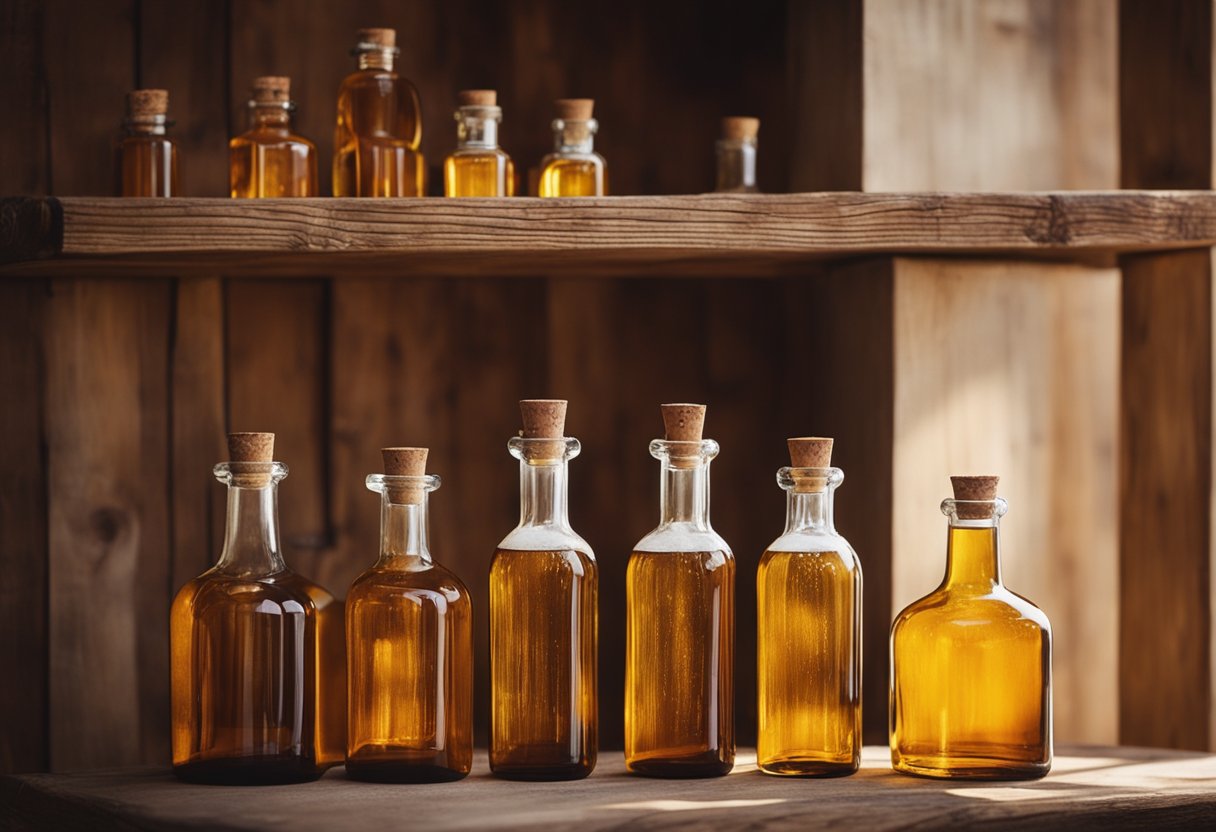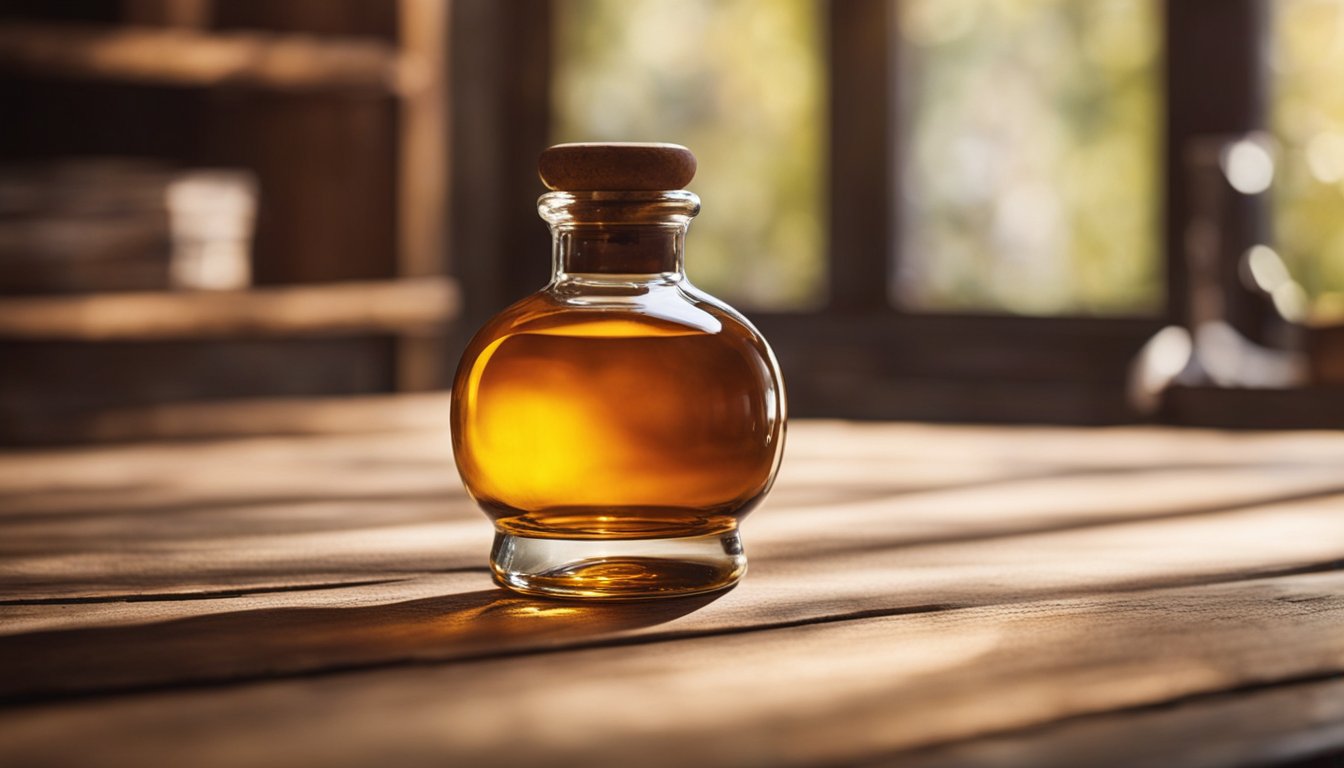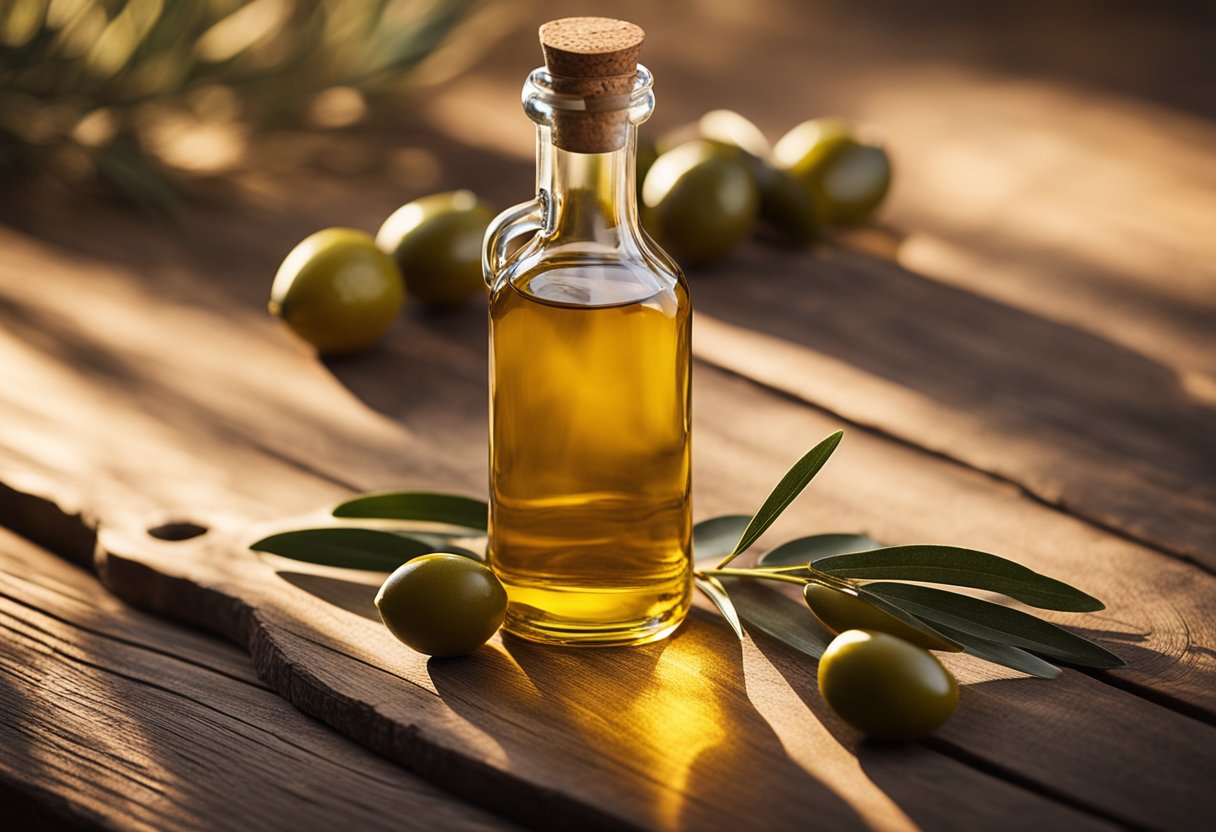If you’re a wine enthusiast, you’re likely aware of the importance of a good wine bottle. The right bottle can enhance the flavor and aroma of your favorite red wine, making it even more enjoyable to drink. However, with so many different types of red wine glass bottles available on the market, it can be challenging to know which one to choose.

When selecting a red wine glass bottle, it’s essential to consider the type of wine you’ll be drinking. For example, full-bodied red wines like Cabernet Sauvignon and Merlot require a larger glass with a wider bowl to allow the wine to breathe and release its full flavor and aroma. On the other hand, lighter red wines like Pinot Noir and Chianti require a smaller glass with a narrower bowl to concentrate the aroma and flavor.
Another factor to consider when choosing a red wine glass bottle is the material. Glass is the most common material used for wine bottles, but there are also plastic and stainless steel options available. Glass is the preferred choice for wine enthusiasts because it doesn’t affect the taste of the wine and is easy to clean. However, if you’re planning to take your wine on the go, a plastic or stainless steel bottle may be a better option.
History of Red Wine Glass Bottles
Origins
The history of glass bottles dates back to ancient times. The first glass bottles were produced in Mesopotamia around 1500 BC. The ancient Romans and Greeks also used glass bottles to store wine, perfume, and oil. However, the glass bottles used during this time were not strong enough to hold carbonated drinks or withstand the pressure of fermentation.

It was not until the 17th century that the technology for producing stronger glass bottles was developed. The invention of the coal furnace allowed for thicker glass that was more difficult to break, ushering in the era of glass bottles capable of safely transporting wine. During this time, wine was still aged in barrels but eventually transferred to individual glass bottles for sale and consumption.
Evolution Over Time
The shape of wine bottles has evolved over time. In the 18th century, wine bottles were short and squat with a bulbous body and a long neck. This shape made it difficult to stack bottles, which led to the development of the Bordeaux bottle in the 19th century. The Bordeaux bottle had a straight body and high shoulders, making it easier to stack and store.
In the 20th century, the Burgundy bottle was introduced. The Burgundy bottle had a wider body and sloping shoulders, which was better suited for the wider and rounder shape of Burgundy wines. Today, there are many different shapes and sizes of wine bottles, each designed for a specific type of wine.
The color of wine bottles has also changed over time. Early wine bottles were made of clear glass, which allowed light to penetrate and spoil the wine. In the 17th century, green glass was introduced, which helped to protect the wine from light. In the 19th century, dark green and brown glass bottles were introduced, which provided even better protection from light.
The history of red wine glass bottles is a long and fascinating one. From the ancient Mesopotamians to the modern era, wine bottles have evolved to meet the needs of the wine industry. Today, wine bottles come in many different shapes and sizes, each designed to showcase a specific type of wine.
Design and Aesthetics

When it comes to red wine bottles, the design and aesthetics play a crucial role in attracting the attention of customers. The shape, color, and labeling of the bottle can make a significant impact on the overall perception of the wine.
Shape
Red wine bottles typically have a long, slender neck and a round body. This shape is not only aesthetically pleasing but also serves a functional purpose. The long neck helps to prevent sediment from entering the glass while pouring, ensuring a clear pour. The round body allows for maximum aeration, which is essential for red wines to reach their full potential.
Color
The color of the bottle is also an important factor to consider. Most red wine bottles are dark green or brown in color. This is because these colors are effective in blocking out harmful UV rays that can damage the wine. The darker color also helps to maintain the wine’s temperature, which is essential for preserving its flavor and aroma.
Labeling
The labeling of the bottle is another critical aspect of its design. The label should be clear, concise, and easy to read. It should include essential information such as the name of the wine, the vintage, the region, and the alcohol content. The font and style of the label should also be consistent with the overall aesthetic of the bottle.
In conclusion, the design and aesthetics of a red wine bottle are crucial in attracting customers and conveying the quality of the wine inside. The shape, color, and labeling of the bottle should all be carefully considered to ensure a cohesive and visually appealing final product.
Manufacturing Process
If you’ve ever wondered how red wine glass bottles are made, this section will give you a brief overview of the process. The manufacturing process for glass bottles is a complex one that requires a lot of skill and precision. Here are the steps involved in the manufacturing process:
Materials
The first step in making a red wine glass bottle is gathering the raw materials. The primary ingredients are sand (silica), soda ash (sodium carbonate), and limestone (calcium carbonate). These materials are mixed together in the right proportions and melted in a furnace at very high temperatures. Once the mixture is melted, it is cooled to form a solid glass.
Glass Blowing Techniques
After the glass has been formed, it is time to shape it into a bottle. The glass blowing technique is used to shape the glass into the desired shape. The glass blower will use a blowpipe to blow air into the glass, which will cause it to expand and take the shape of the mold. The glass is then cooled to harden it and make it strong.
Quality Control
Quality control is an essential part of the manufacturing process. Once the glass bottles have been formed, they are inspected for any defects or imperfections. The bottles are checked for cracks, chips, and other defects that could affect their quality. If any defects are found, the bottles are discarded, and the process is started again.
The manufacturing process for red wine glass bottles is a complex one that requires a lot of skill and precision. From gathering the raw materials to shaping the glass and ensuring its quality, every step is crucial to producing high-quality glass bottles.
Types and Varieties
When it comes to red wine bottles, there are a few standard types and varieties that you should know about. In this section, we’ll take a look at the most common types of red wine bottles, including Bordeaux and Burgundy.
Standard Red Wine Bottle
The standard red wine bottle is the most common type of bottle used for red wine. These bottles typically hold 750ml of wine and are cylindrical in shape. They have a long neck that leads to a narrow opening, which is designed to allow for easy pouring without spilling. The standard red wine bottle is also designed to be stored on its side, which helps to keep the cork moist and prevents it from drying out.
Bordeaux
Bordeaux bottles are named after the region in France where they originated. These bottles have a straight body and high shoulders, which give them a distinctive shape. They are typically used for full-bodied red wines like Cabernet Sauvignon and Merlot. The shape of the bottle is designed to direct the wine to the back of the mouth, which emphasizes the wine’s tannins. Bordeaux bottles typically hold 750ml of wine.
Burgundy
Burgundy bottles are named after the region in France where they originated. These bottles have a wider body and sloping shoulders, which give them a more rounded shape than Bordeaux bottles. They are typically used for lighter-bodied red wines like Pinot Noir. The wider body of the bottle allows for more surface area, which helps to aerate the wine and bring out its flavors. Burgundy bottles typically hold 750ml of wine.
Overall, the type of red wine bottle you choose will depend on the type of wine you are serving and your personal preference. Whether you choose a standard red wine bottle, a Bordeaux bottle, or a Burgundy bottle, make sure to store it properly and serve it at the right temperature to ensure that you get the most out of your wine.
Storing and Preserving Red Wine
When it comes to storing and preserving red wine, there are a few key factors to consider. Proper storage can help maintain the quality and flavor of your wine, while improper storage can lead to spoilage and a less enjoyable drinking experience. Here are some tips to help you store and preserve your red wine:
Temperature Control
Temperature is one of the most important factors to consider when storing red wine. Ideally, red wine should be stored at a temperature between 55-65°F (12-18°C). This helps to ensure that the wine ages properly and maintains its flavor and aroma.
Storing your red wine at a temperature that is too high can cause it to age too quickly, leading to a loss of flavor and aroma. On the other hand, storing your wine at a temperature that is too low can cause the wine to become dormant and slow down the aging process.
Light Exposure
Light exposure can also play a role in the storage and preservation of red wine. Ultraviolet light can cause wine to age prematurely and negatively impact its flavor and aroma. To protect your wine from light exposure, it’s best to store it in a dark place or in a wine cooler with UV-resistant glass.
Bottle Positioning
The way you position your red wine bottle can also impact its flavor and aroma. Storing your wine bottle horizontally can help keep the cork moist and prevent it from drying out. A dry cork can allow air to enter the bottle, which can lead to oxidation and spoilage.
Overall, proper storage and preservation of your red wine can help ensure that it maintains its quality and flavor over time. By keeping these factors in mind, you can enjoy a delicious glass of red wine whenever you choose to indulge.
Impact on Wine Tasting Experience
When it comes to wine tasting, the glass and bottle that you use can have a significant impact on your overall experience. In this section, we’ll explore how the glass and bottle can affect the taste, aroma, and aging potential of your red wine.
Glass Interaction with Wine
The shape and size of your wine glass can greatly impact your wine tasting experience. A wide bowl with a narrow opening can help to concentrate the aromas of your wine, while a narrow bowl with a wider opening can help to aerate the wine and soften its tannins. Additionally, a thin glass can help to maintain the temperature of the wine, while a thicker glass can insulate the wine and keep it at a consistent temperature.
When it comes to red wine, it’s recommended to use a glass with a wider bowl and a tapered opening. This shape can help to enhance the fruit and spice aromas of the wine, while also allowing for proper aeration. It’s also important to note that the cleanliness of your glass can have an impact on the taste of your wine. A dirty or greasy glass can affect the aroma and flavor of your wine, so it’s important to clean your glass thoroughly before use.
Bottle Aging Potential
The type of bottle that your red wine comes in can also have an impact on its aging potential. A wine bottle with a cork closure can allow for a small amount of oxygen to enter the bottle over time, which can help to soften the tannins and improve the overall flavor of the wine. However, it’s important to store cork-closed bottles horizontally to keep the cork moist and prevent it from drying out.
On the other hand, a wine bottle with a screw cap closure can prevent any oxygen from entering the bottle, which can help to preserve the wine’s flavor over time. This type of closure is commonly used for younger, fruit-forward red wines that are meant to be consumed within a few years of their release.
Overall, the glass and bottle that you use can have a significant impact on your red wine tasting experience. By choosing the right glass and considering the type of bottle closure, you can enhance the flavor, aroma, and aging potential of your wine.













